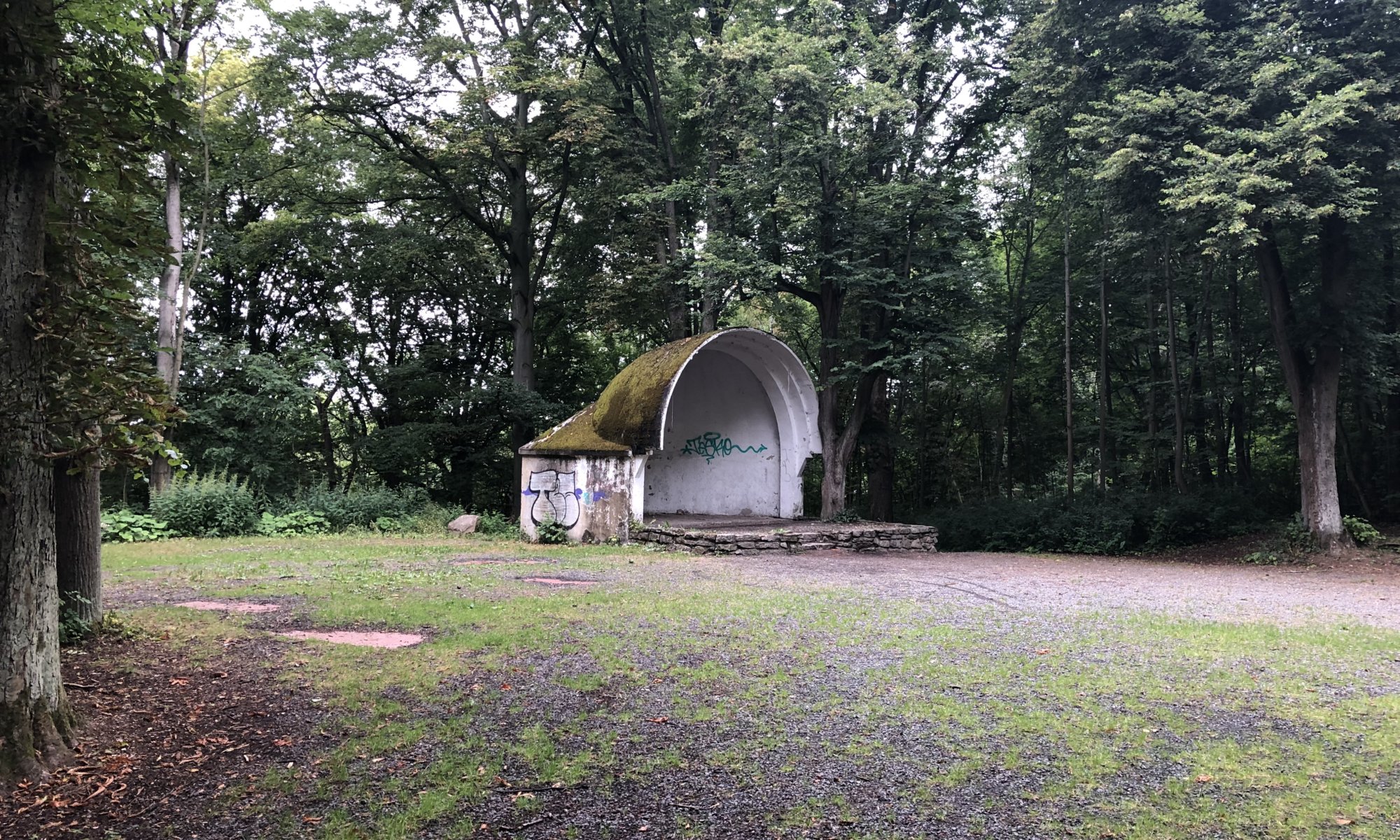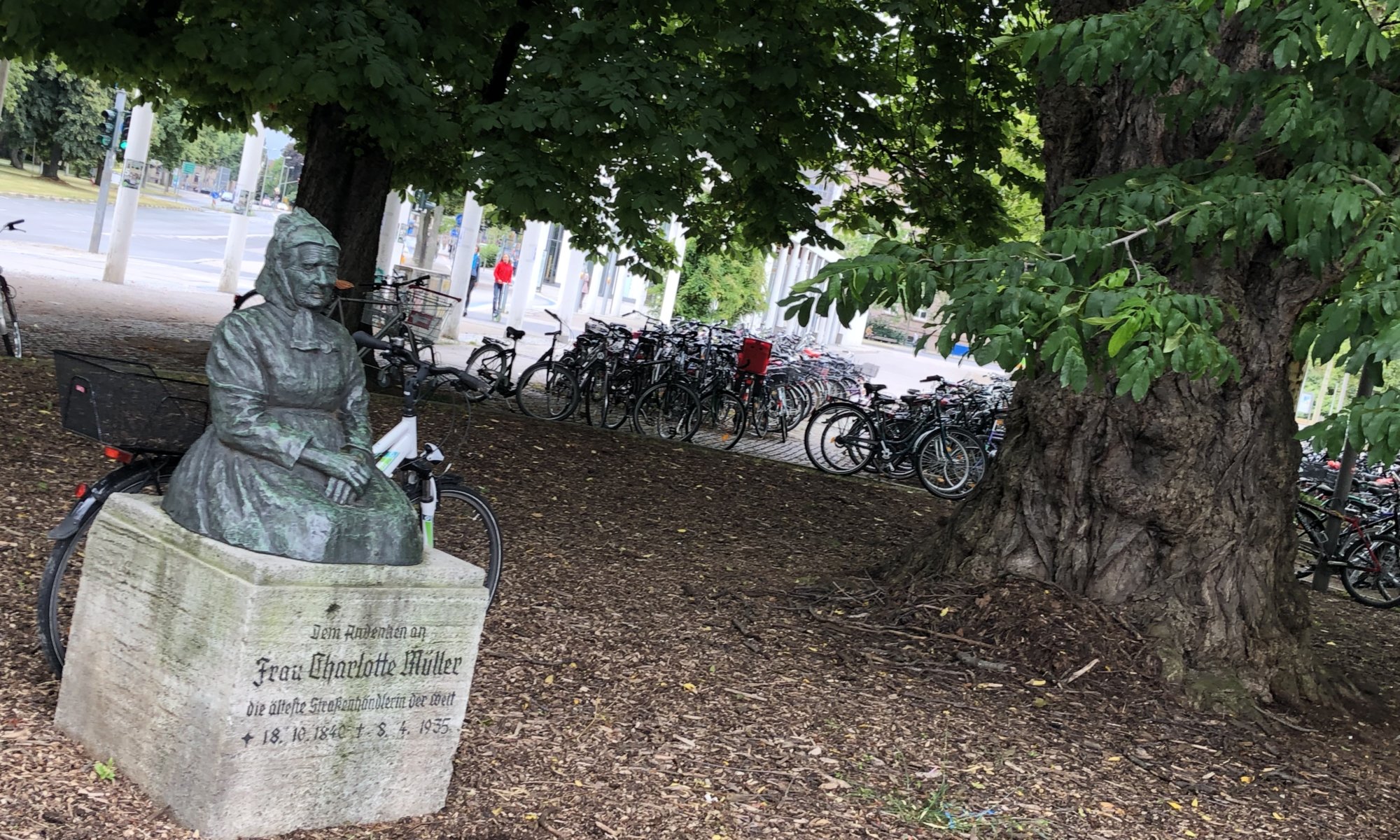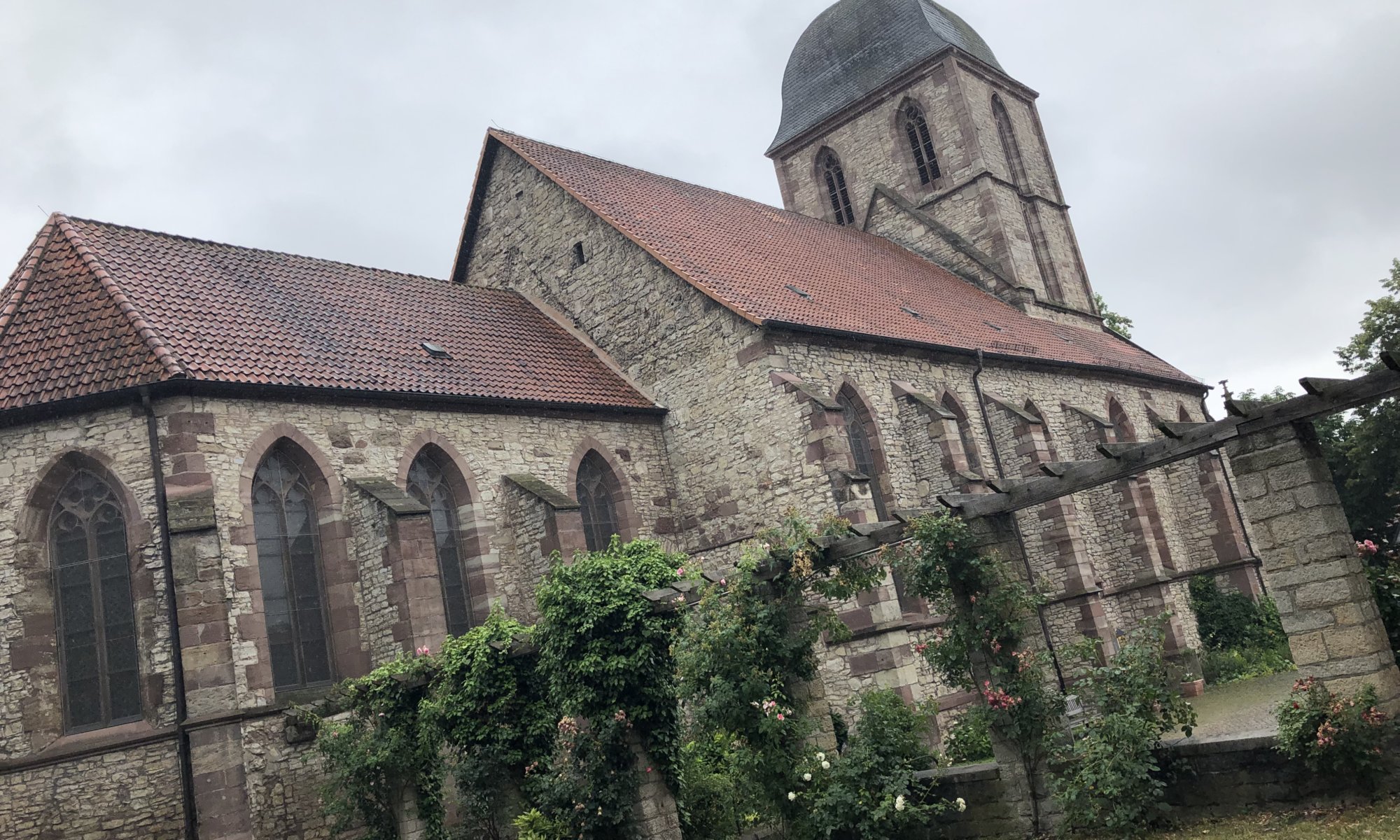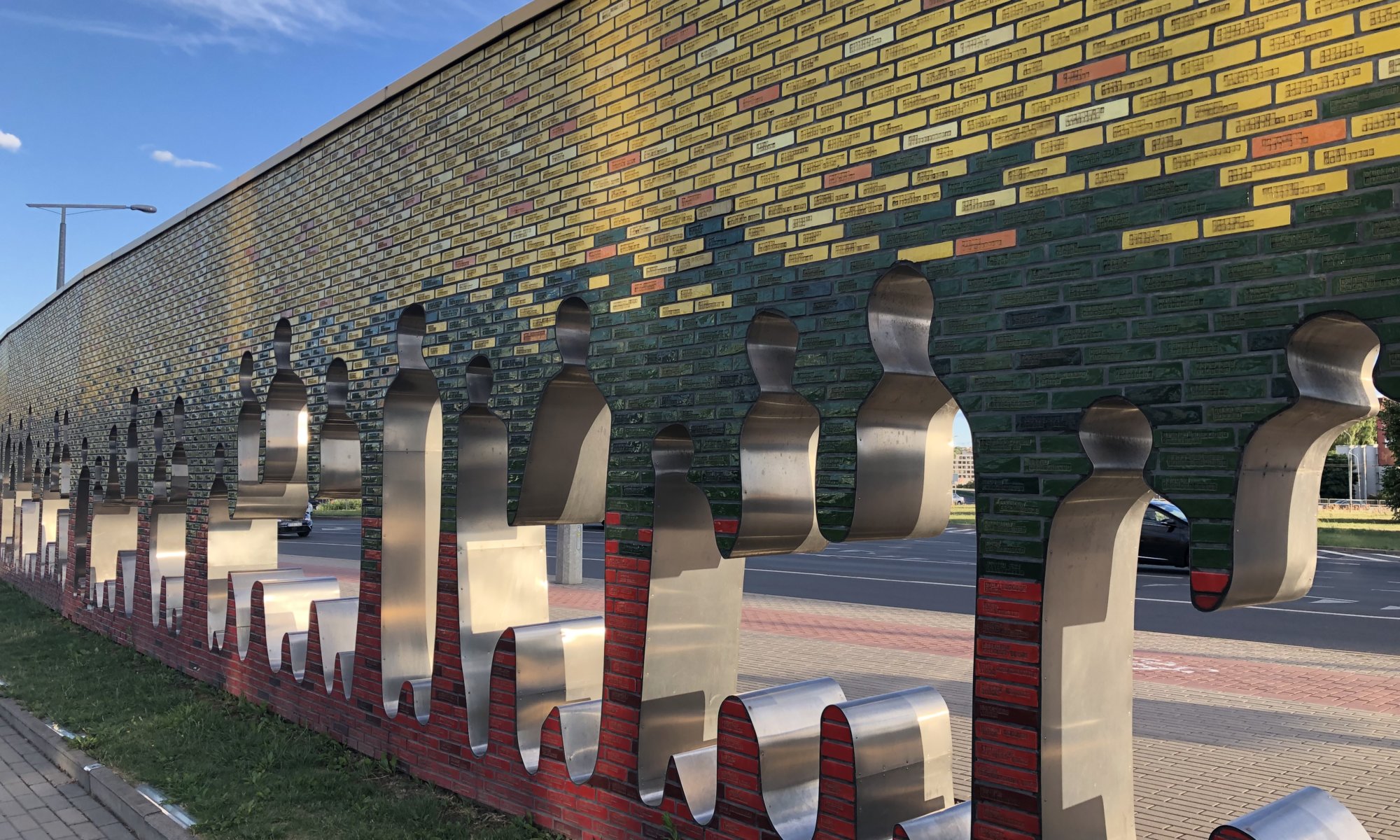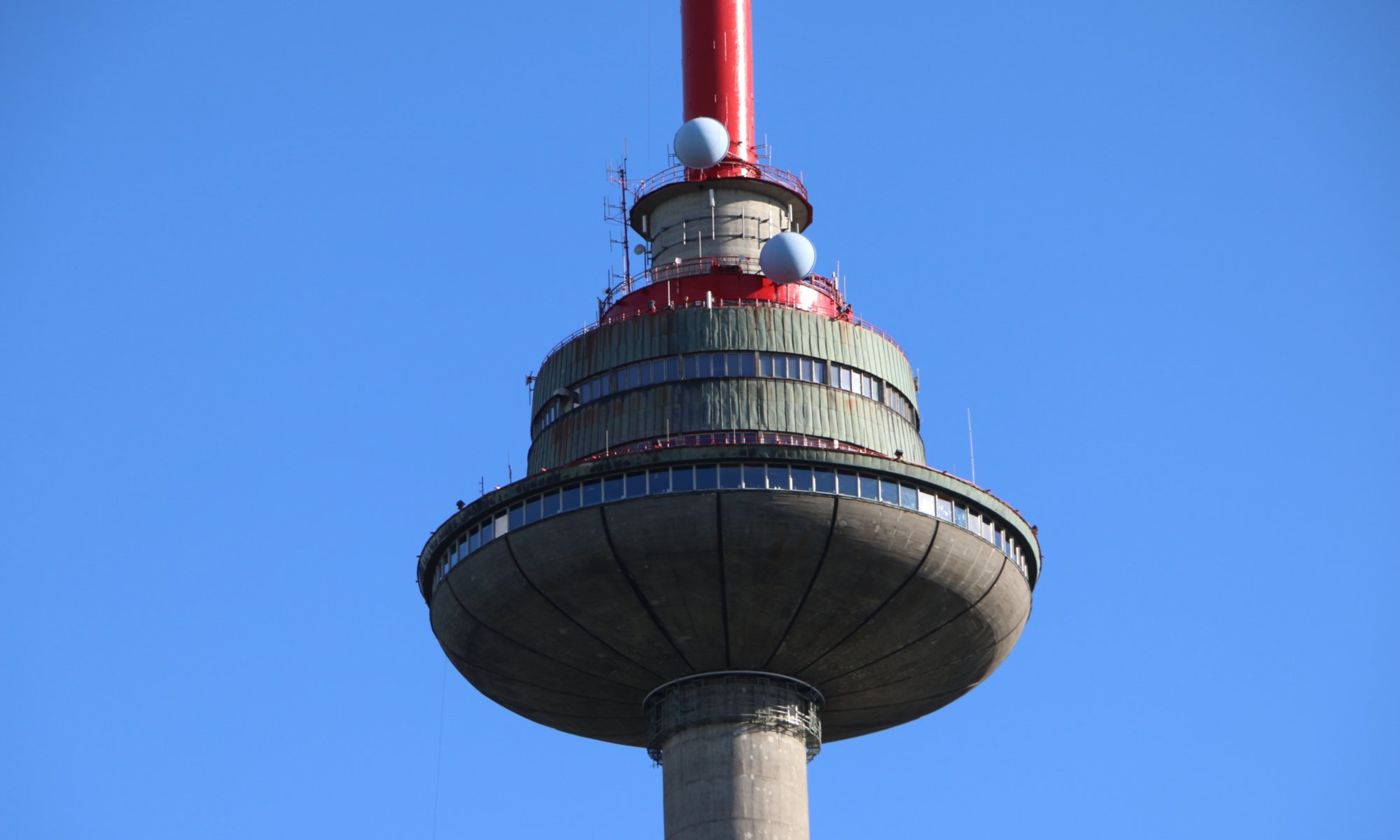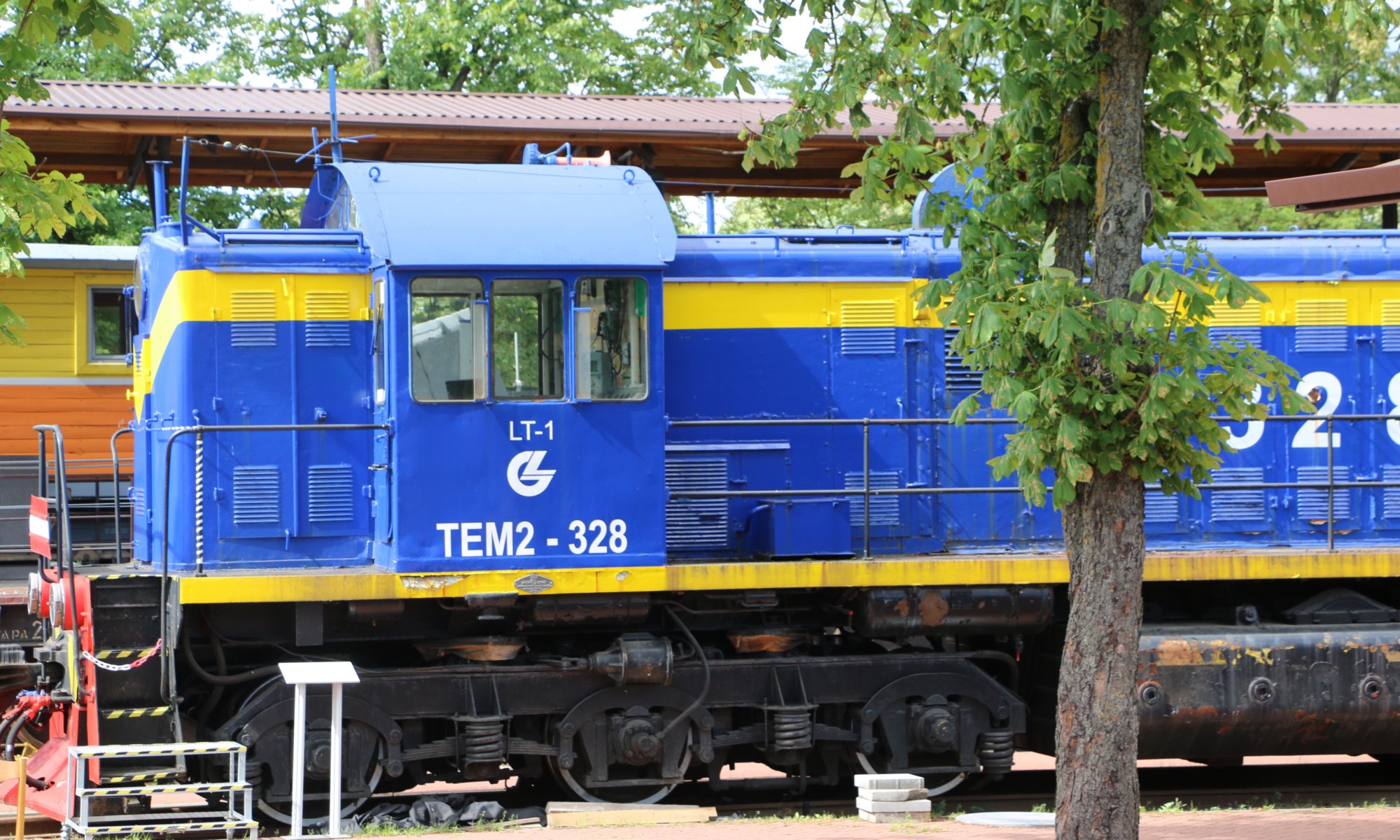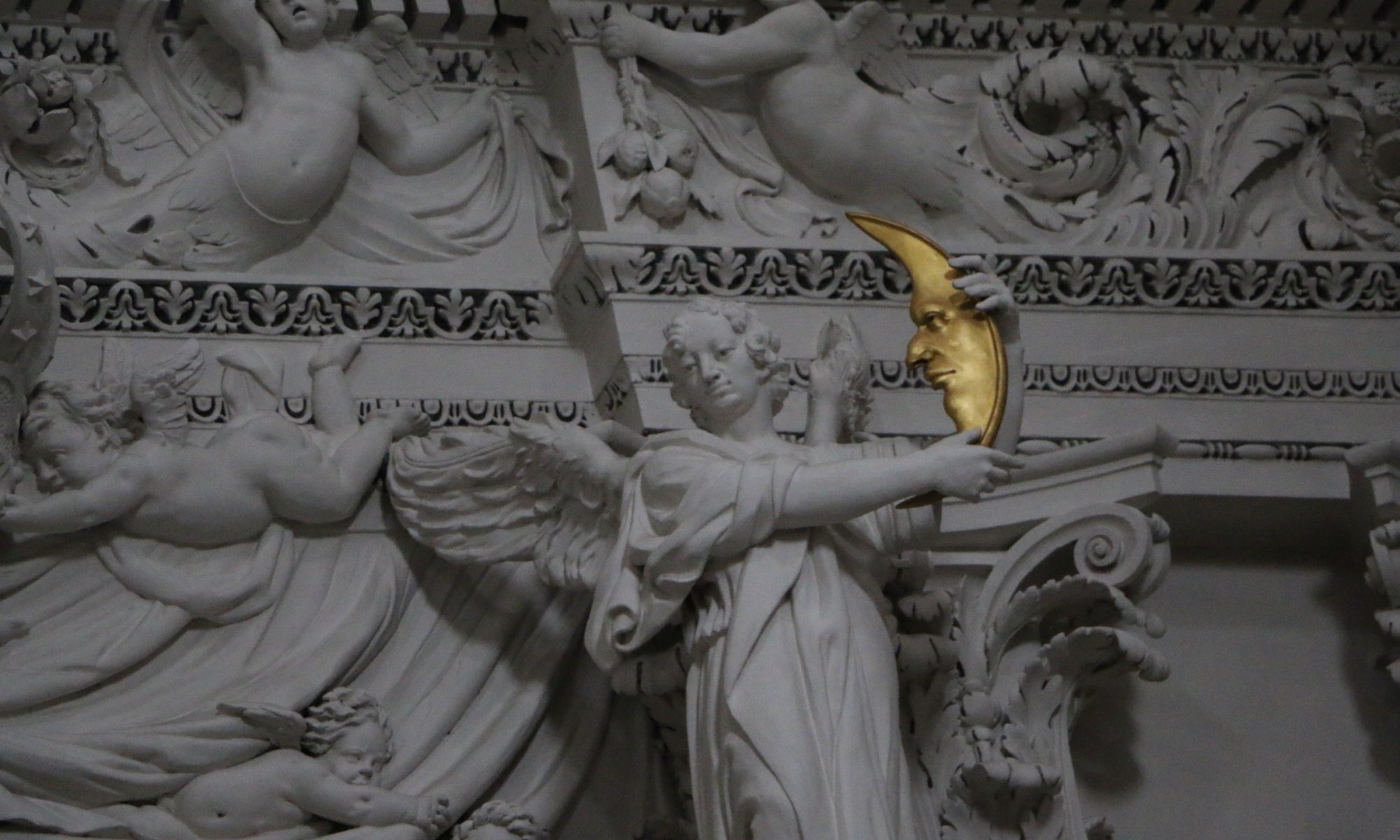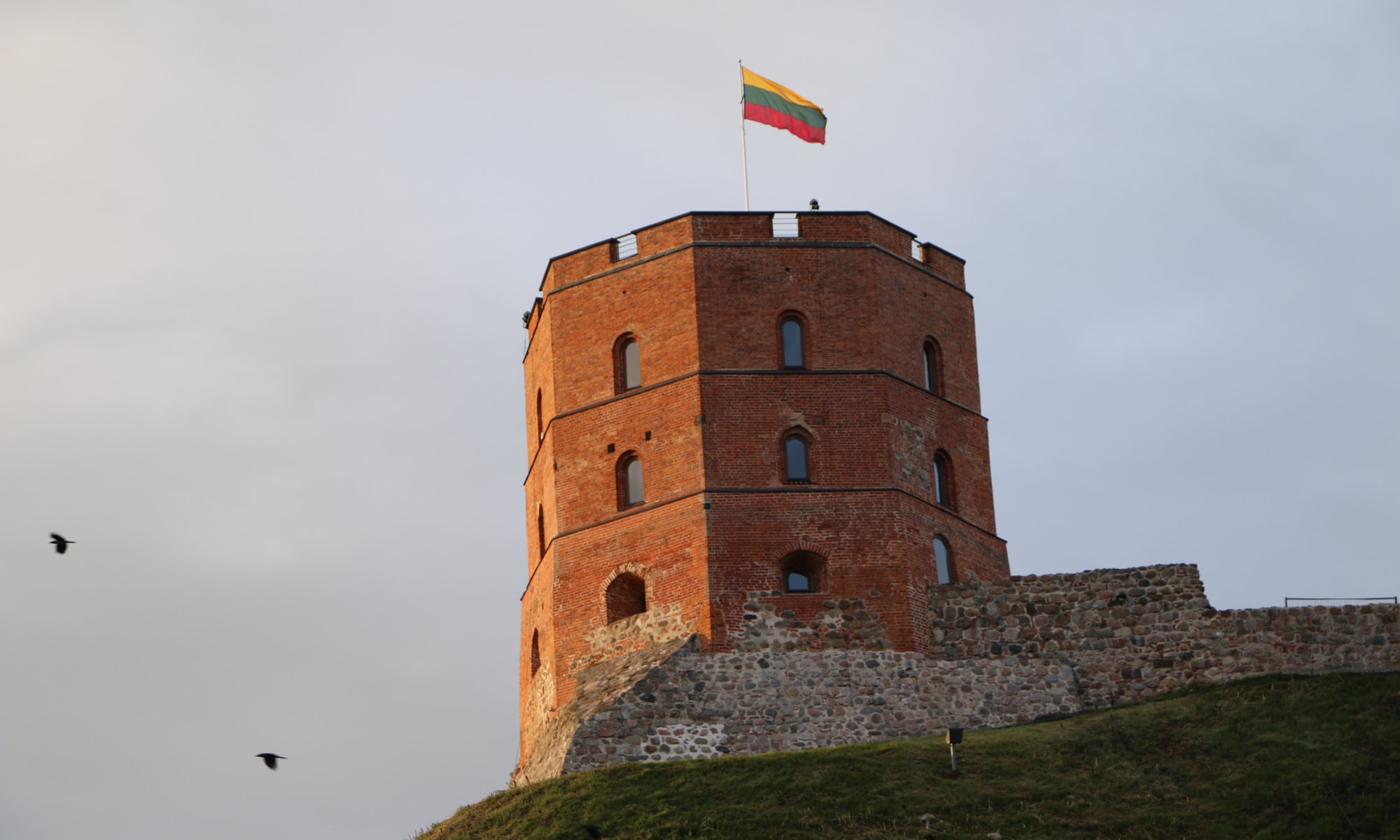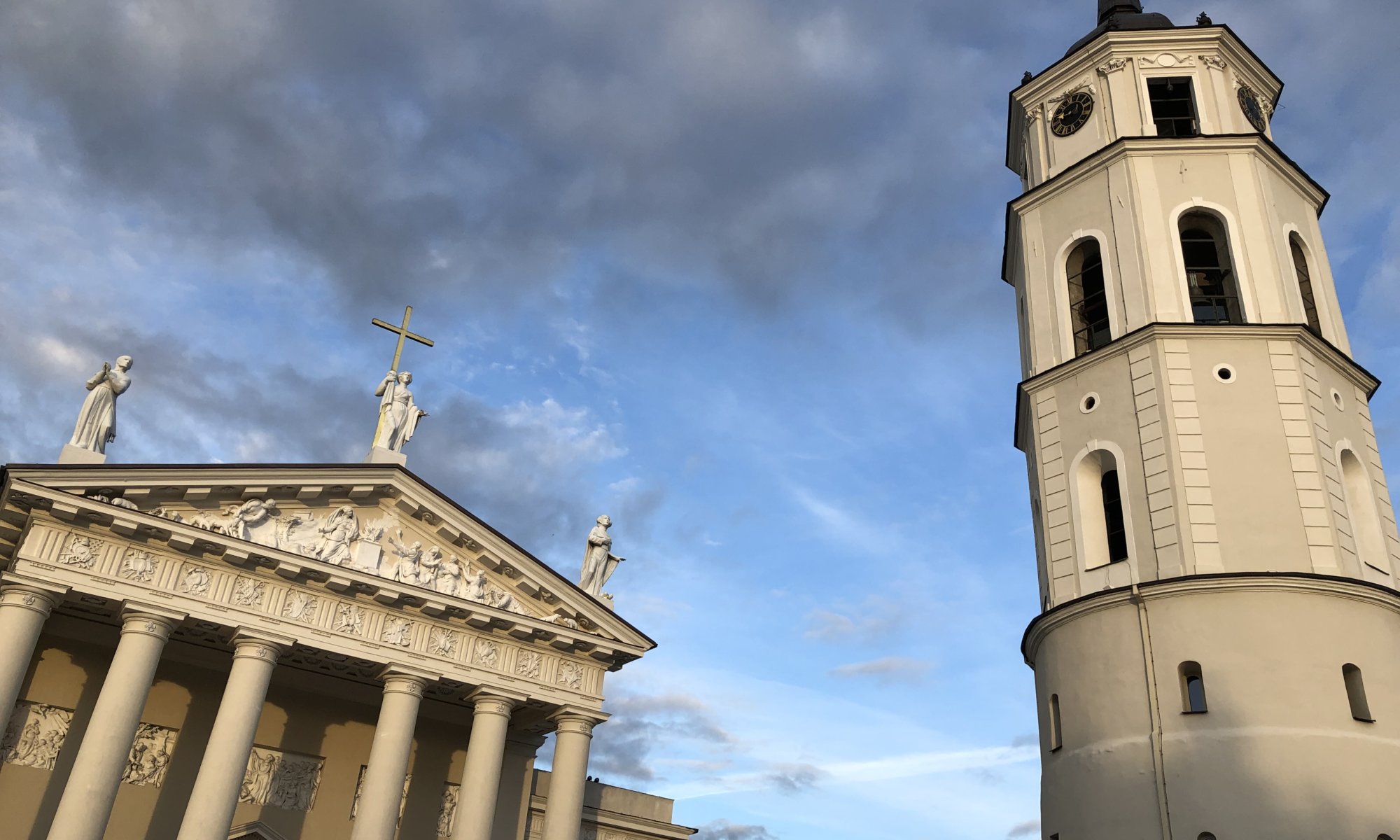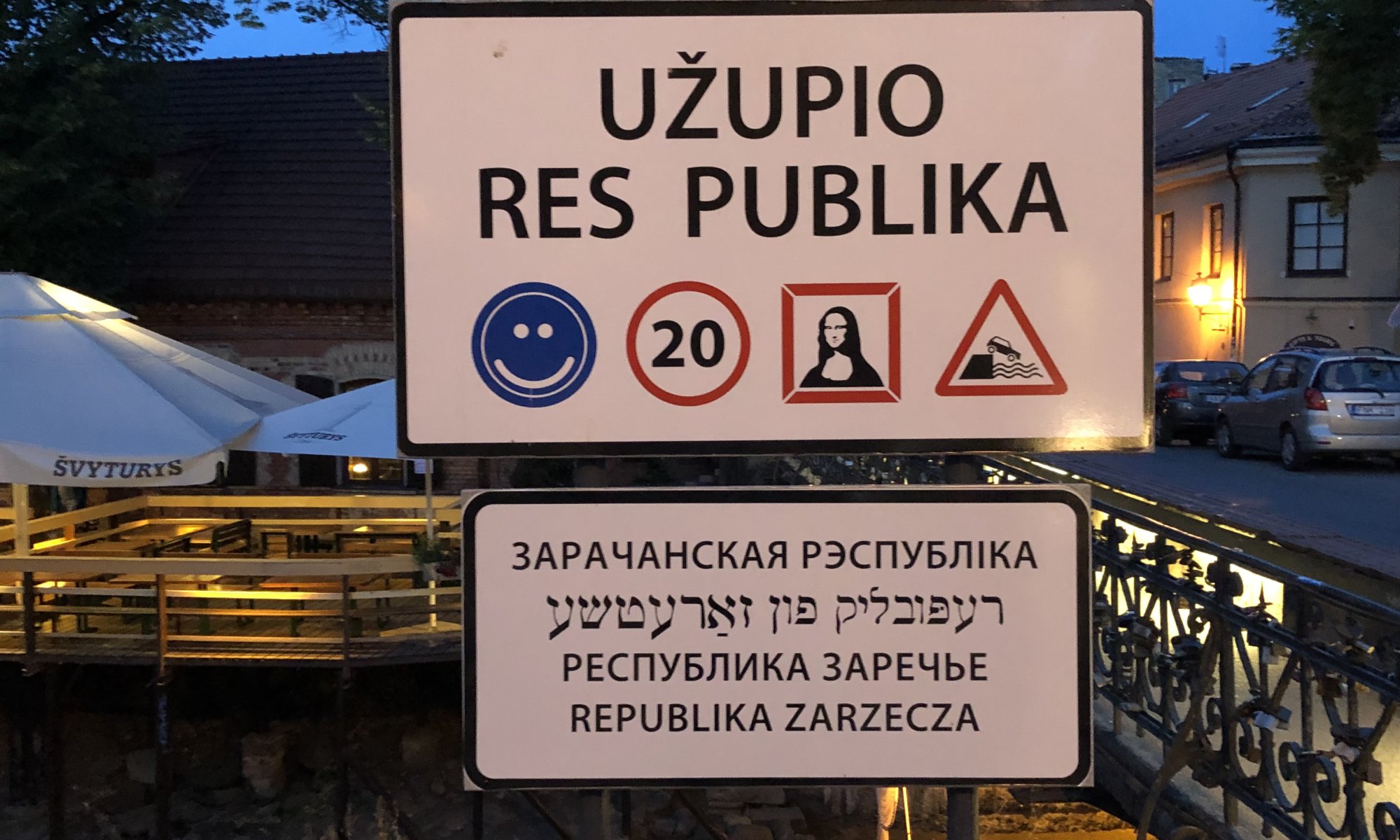Every year there is a music festival at the Kaiser-Wilhelm-Park (or KWP) at Göttingen, Germany. I never knew where this place is until I found it by accident close to the Bismarckturm in the southeast of the city. It was a restaurant built in 1895 as a destination for hikers. In 1900 the place was renamed to Bürgerpark (citizens park) and it was named like that until it was torn down in 1970.
Continue reading “Kaiser-Wilhelm-Park”Charlotte
A small memorial on the square in front of the railway station of Göttingen, Germany reminds you of Charlotte Müller – the oldest street merchant in the world (as the writing underneath states and as it is written in the Guinness book of world records). But most visitors of the city won’t find the statue underneath the tree and behind those numerous bicycles standing around everywhere.
Continue reading “Charlotte”St. Albani
The protestant church St. Albani at Göttingen, Germany is unfortunately one of these churches you typically won’t recognize – even as a local. It is standing next to a giant parking area belonging to the Stadthalle event hall, in an area of the city center you won’t visit that often. Most people see it just from the reverse side as it was once standing directly next to the fortifications of the city.
Continue reading “St. Albani”The Road of Freedom
In 1939 Nazi Germany and the Soviet union signed the Hitler-Stalin Pact also called Molotov–Ribbentrop Pact because it was in fact signed by the two foreign ministers at Москва́. As part of this treaty of non-aggression the Baltic states were declared to be part of the Soviet union in the future. 50 years later the people of Estonia, Latvia and Lithuania declared their desire for independence by creating a 650 kilometers long humain chain – the longest human chain in history.
Continue reading “The Road of Freedom”Televizijos bokštas
TV towers are always a good option to get another view on the city. The one at Vilnius, Lithuania (Televizijos bokštas) is a bit special as it doesn’t have an outdoor platform. Instead you’ll find a restaurant inside with seats at the windows – and these seats continuously rotate around the tower. Therefore you can sit back, relax and see all of the surroundings of the tower while sipping a coffee or having dinner.
Continue reading “Televizijos bokštas”Platforma
The railway station (stotis) of Vilnius, Lithuania is a little bit outside the city centre and it is quite special. It doesn’t have a modern station building but it feels for me like a more human-friendly station then most ones in western Europe. Inside the building which was once used to unload and store goods there is a bar with sunbeds on the platform – and a giant statue of a men in bathrobe and briefs.
Continue reading “Platforma”Šv. apaštalų Petro ir Povilo
I didn’t know what to expect when taking the long walk to the St. Peter and Paul church a little bit aside of the city center of Vilnius, Lithuania. The high number of tourist busses in front of the church were a first indicator that something impressive is waiting inside. It is a catholic church in baroque style that contains a massive amount of white stucco inside. Take your time to discover all the beautiful artworks distributed throughout the church.
Continue reading “Šv. apaštalų Petro ir Povilo”Gediminas tower
The Gediminas tower or Gedimino pilies bokštas is the town’s landmark of Vilnius, Lithuania. It is a tower made of red bricks standing on a 142 meters high hill close to the river Neris. It is the only preserved tower of the castle built in 1323 by Gediminas the Grand Duke of Lithuana. You can take the Gediminas hill lift, visit the museum inside the tower and climb on top of it to enjoy good views.
Continue reading “Gediminas tower”Cathedral square
The cathedral square is one of the most impressive public spaces in Vilnius, Lithuania. It is dominated by the Vilnius cathedral (Vilniaus Šv. vyskupo Stanislovo ir Šv. Vladislovo arkikatedra bazilika) in neoclassicistic style which was opened in 1801. The 52 meters high bell tower is standing separately next to the building – which is typical for churches in the Baltic area. It plays an important role in Lithuanian history as the Grand Dukes were crowned and important Lithuanian personalities are buried here.
Continue reading “Cathedral square”Užupio res publika
Užupis is a city quarter of Vilnius, Lithuania located in the east of the city center and surrounded by the river Vilnia (Užupis means ‘behind the river’). It was the place were the Jewish community was living that was extinguished during Holocaust. In the 1990s it became the place where many artists live and it was often compared to Montmartre at Paris, France.
Continue reading “Užupio res publika”
